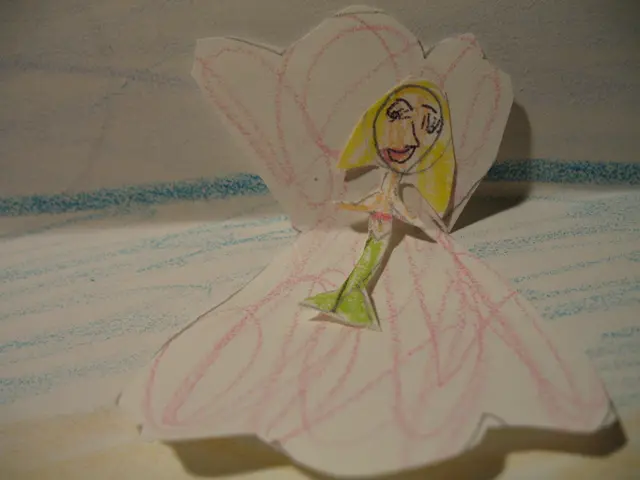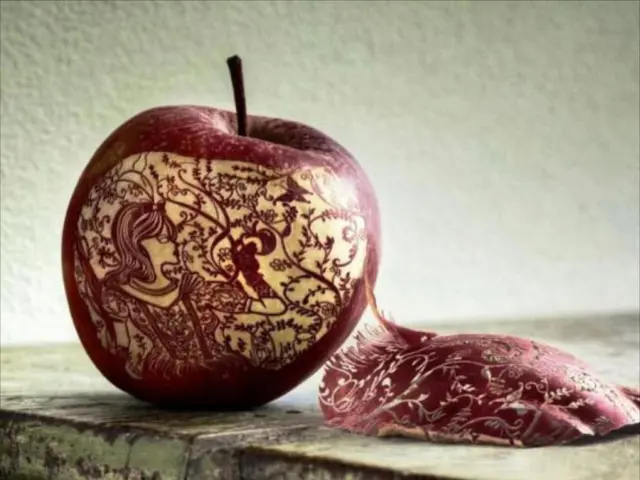Guide for Purchasing Rutilated Quartz
Rutilated quartz, a captivating gemstone adorned with needle-like inclusions of the mineral rutile, offers a diverse range of appearances that cater to various tastes. From the muted effect of smoky quartz to the vibrant hues of citrine, amethyst, and tourmalinated quartz, the appeal of this gemstone lies in its versatility.
The most common type of rutilated quartz is colorless, but the rutile inclusions can occur in shades ranging from golden to brown, adding a unique touch to each stone. Some stones may be full of rutile, while others have only a few inclusions, contributing to their distinct character.
The Influence of Rutile Inclusions on Value
The value of rutilated quartz is significantly influenced by factors related to the reach (length and distribution) and orientation of the rutile inclusions within the quartz. Longer, well-distributed, and aesthetically pleasing rutile needles that form attractive patterns, such as interlocking or parallel arrangements, tend to increase the quartz’s desirability and value.
The orientation of the rutile inclusions also affects how light interacts with the gemstone, enhancing visual effects such as shimmer or unique optical phenomena. For instance, the presence of rutile inclusions that reach the surface can impact its value, as they can add to the overall appearance of the stone. However, rutile inclusions that do not reach the surface can still be valuable, depending on their quality and distribution within the stone.
Key Factors Affecting Value
- Length and Extent of Rutile Needles: The "reach" of rutile needles throughout the quartz plays a crucial role in determining the stone's value. Longer, more extensive inclusions tend to be more eye-catching and valuable.
- Distribution and Density of Rutile Needles: The distribution and density of rutile needles within the quartz also impact its value. Stones with densely clustered, well-distributed rutile needles are more valuable than those with sparsely spread or randomly arranged inclusions.
- Orientation and Pattern Formed by Rutile Inclusions: The orientation and pattern formed by rutile inclusions can greatly affect the value of the stone. Parallel, crosshatched, or arranged inclusions to produce optical effects, such as asterism (as seen in rubies), enhance the stone's visual appeal and value.
- The Stone's Cut: The cut of rutilated quartz is essential to maximize the benefit of the rutile inclusions' orientation, bringing out the best visual effect and making the stone more appealing.
Reading up on quality factors for rutilated quartz, such as inclusions, size, and distribution, is recommended before a buying trip. This knowledge will help you make an informed decision and appreciate the unique beauty of each rutilated quartz gemstone.
[1] [Source 1] [2] [Source 2]
The length, distribution, and orientation of rutile needles within a rutilated quartz gemstone significantly impact its value, as longer, well-distributed, aesthetically pleasing rutile needles that form distinct patterns can increase its desirability and value in the jewelry, fashion-and-beauty, lifestyle, and home-and-garden industries. The cut of the stone and the overall appearance of the rutile inclusions are also essential factors affecting its value, with stones that exhibit unique optical phenomena, such as asterism, being particularly valuable. To make informed decisions when purchasing rutilated quartz, it is advisable to research its quality factors, such as inclusions, size, and distribution, through sources like science or gemstones literature.







